What is the tolerance range of precision screws?
What is the tolerance range of precision screws?
Service Hotline
+86760-8787 8587We have more than ten years of production experience in the screw industry, the main products are: GB/T817 slotted round nuts, union screws, internal and external serrated washers, GB873 flat head rivets, ring bolts, GB6170 high-strength nickel-plated hexagonal nuts, Knurled flat head rivet nuts, cross with pad bolts, countersunk head screws and bolts, 10.9 grade screws, cutaway flat washers, dovetail screws, big cap round head rivets, knock rivets, pressure riveting parts pressure plate nuts and other fasteners, due to the product The materials and specifications are different, and the prices are also different. Please contact us if you need it.


Half round head rivets are mainly used for riveting occasions with large lateral loads, and are the most widely used. Flat cone head rivets are often used in riveting occasions with strong corrosion such as ship hulls, boiler water tanks, etc. Countersunk head and 1200 countersunk head rivets are mainly used for riveting occasions where the surface must be smooth and the load is not large. Half countersunk head and 1200 half countersunk head rivets are mainly used for riveting occasions where the surface must be smooth and the load is not large. Flat head rivets are used for riveting occasions with general load. Flat head and flat head rivets are mainly used for riveting of metal sheets or non-metallic materials such as leather, canvas and wood. Large flat head rivets are mainly used for riveting of non-metallic materials. Semi-hollow rivets are mainly used for riveting occasions with small loads. Headless rivets are mainly used for riveting of non-metallic materials. Hollow rivets are light in weight and weak in head, and are used for riveting of non-metallic materials with small loads. Tubular rivets are used for riveting of non-metallic materials without load. Nameplate rivets are mainly used for riveting nameplates on machines and equipment.
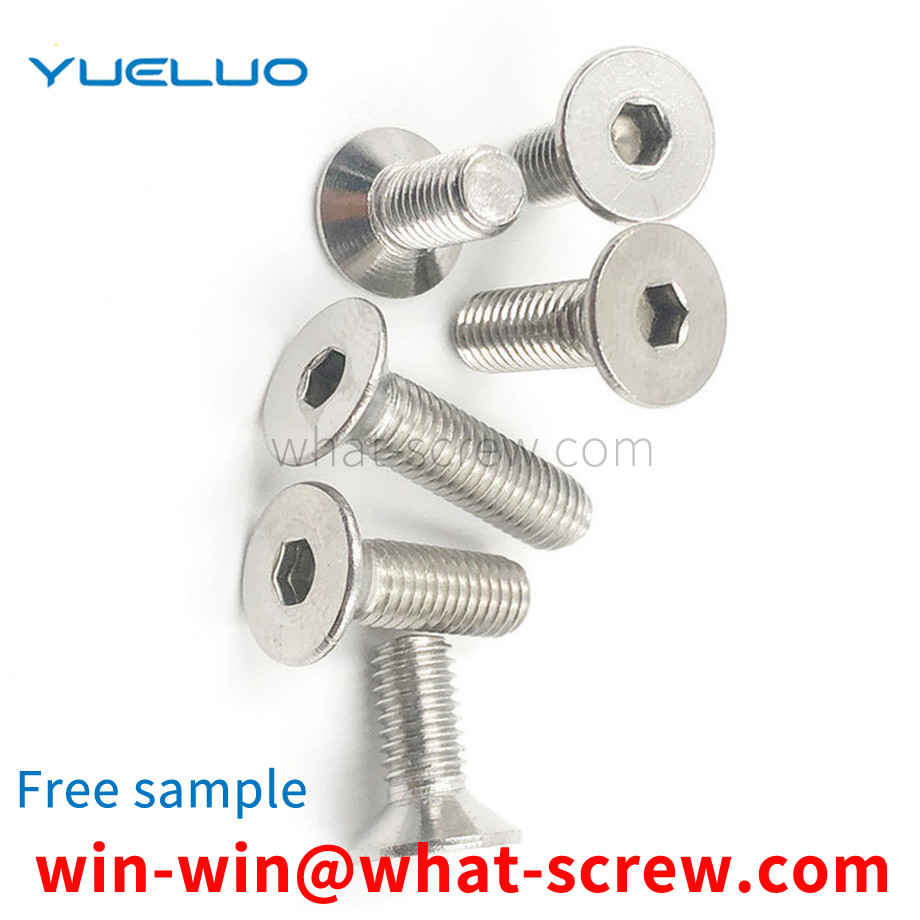
Ordinary snap-type retaining rings have ears on their structure, which cause interference with the inner parts. If the ears are not provided, it is very troublesome to disassemble. For the very demanding aerospace field, ordinary snap rings cannot meet their requirements.
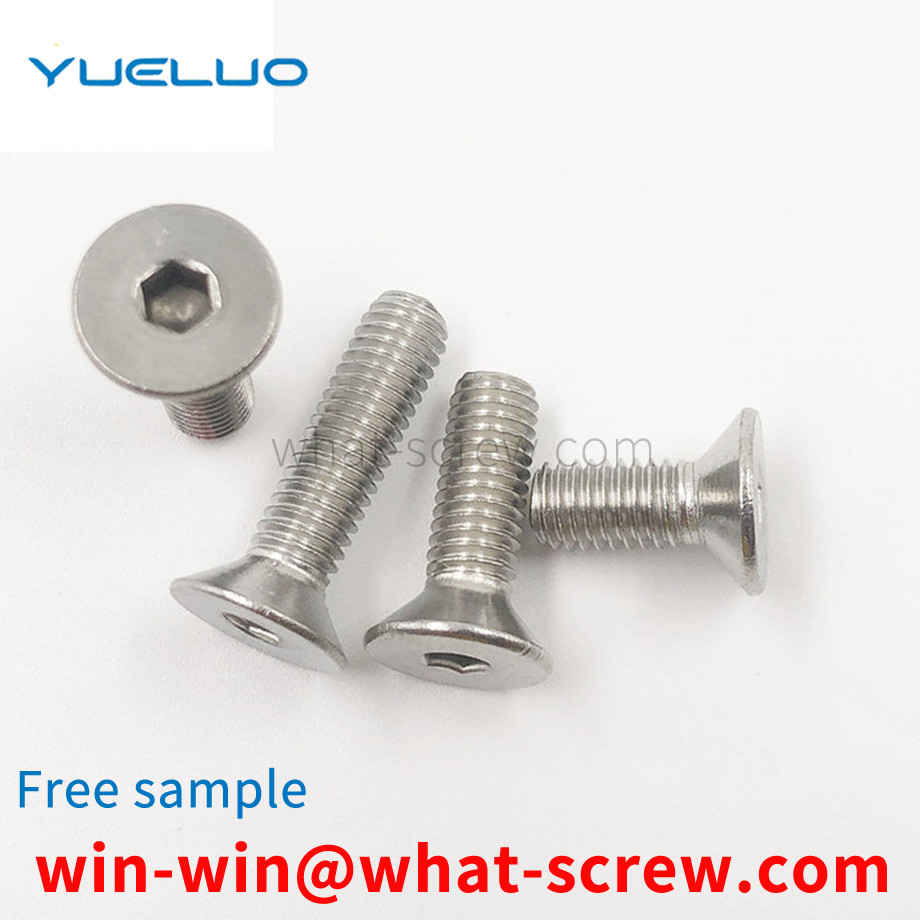
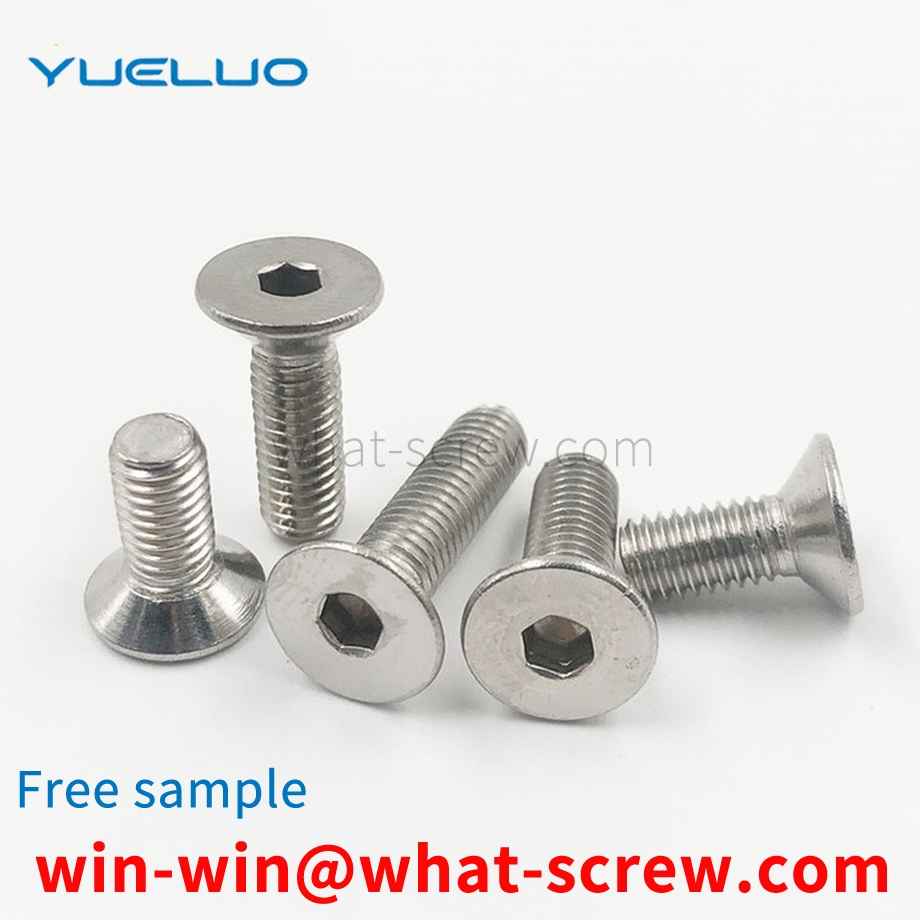
Further, the pressure riveting portion and the pressure-bearing portion are both columnar structures, the outer diameter of the pressure-bearing portion is larger than the outer diameter of the pressure riveting portion, the pressure riveting portion is a stepped structure, and the diameter of the lower end of the pressure riveting portion is smaller than that of the pressure riveting portion. The diameter of the upper end of the rivet part.
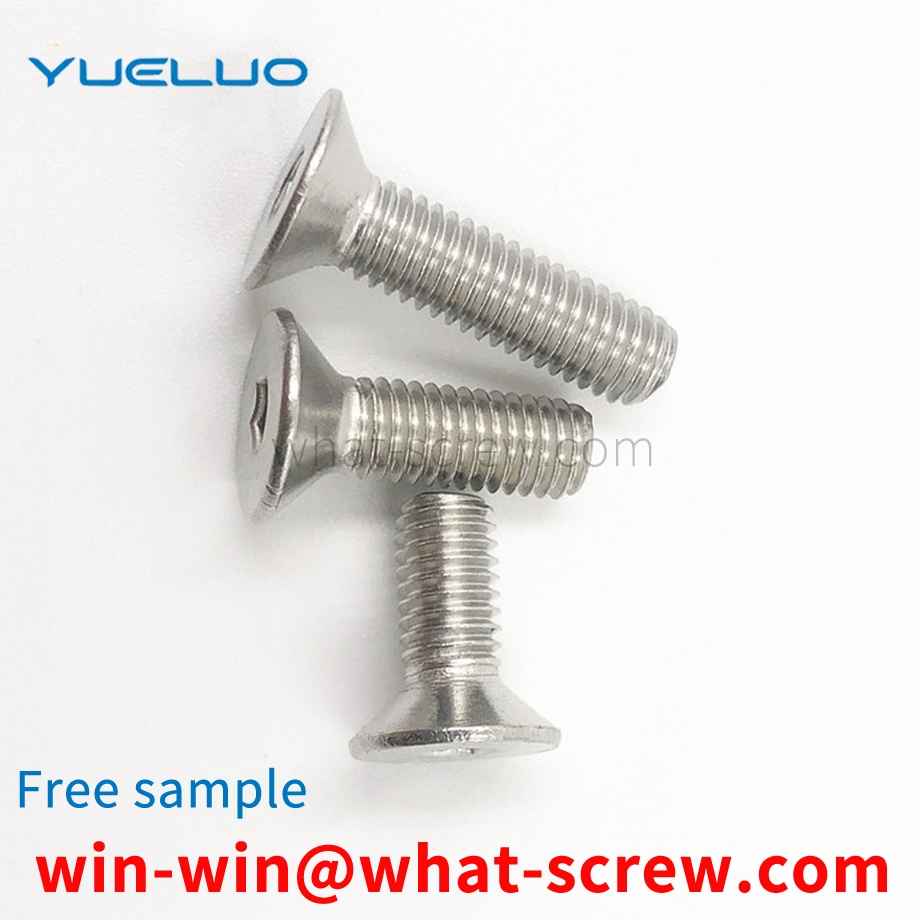
Yueluo relates to a self-tapping screw according to the preamble of claim 1. A self-tapping screw is known from EP0623759B1, the ratio of the outer diameter to the smaller diameter of the self-tapping screw is about 1.25-1.5, the ratio of the outer diameter to the pitch lead is about 1.5-1.6 and the thread The flank angles of , are < 50° and ≥ 35°. EP0433484B1 proposes a self-tapping screw whose thread is provided with cutting teeth of approximately arcuate design, and the cutting edge and the thread crest are at the same horizontal position and are set in opposite directions. One purpose of Yueluo is to realize a general type of self-tapping screw so that it can be screwed particularly easily into holes drilled in concrete or other materials such as bricks and the like. According to Yueluo, this object is achieved by the features in the characterizing part of claim 1, and surprisingly, it has been found that the parallel arrangement of the flanks, ie with a flank angle of about 0°, will make screwing particularly easy when screwing in , especially if the diameter of the hole varies within an allowable tolerance. One reason may be due to the fact that there is no lateral pressure on the material screwed into the thread, even if threads of different depths are cut in concrete or other materials such as brick, chipped plywood, or hardwood. The thread cuts into the material over its entire width by cutting grooves. In particular according to the embodiment of claim 3 the material cut out when screwing in the screw can be discharged without any accumulation, the dependent claims reflecting many advantages of further embodiments.
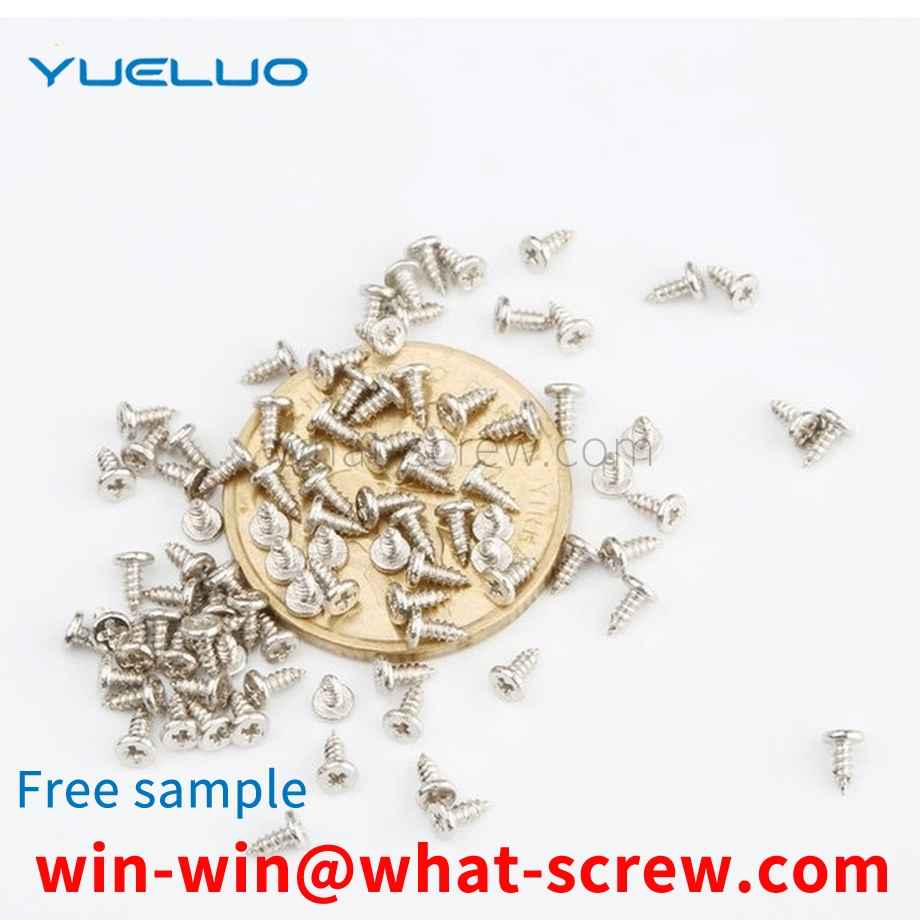
The above content is uploaded by Yueluo or the Internet. If there is any copyright issue, please contact [email protected].

What is the tolerance range of precision screws?

How to choose the right stainless steel screw manufacturer?

Why is there an R angle under the head of the hexagon head s...

We have more than ten years of production experience in the ...

We have more than ten years of production experience in the ...

We have more than ten years of experience in screw industry ...

We have more than ten years of experience in screw industry ...